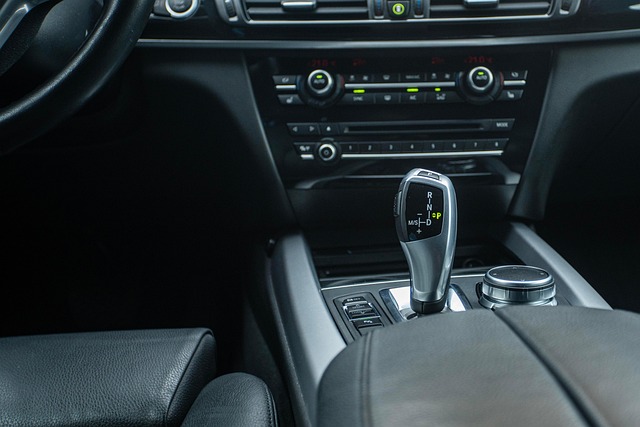Looking to register your car in California? Navigating the process can seem daunting, but we’ve got you covered. This guide walks you through every step, from understanding the California car registration process to completing essential VIN verification. We’ll detail the required documents, guide you through the application, and help with paying fees. By following these steps, you’ll be on your way to securing your vehicle’s registration smoothly and efficiently.
- Understanding the California Car Registration Process
- Gather Necessary Documents for VIN Verification
- Perform Vehicle Identification Number (VIN) Check
- Complete and Submit the Registration Application
- Pay the Required Fees and Receive Your Registration Papers
Understanding the California Car Registration Process

Understanding the California Car Registration Process
In California, registering a car involves several key steps designed to ensure vehicle safety and compliance with state regulations. The process begins with gathering essential documents, including proof of ownership, current registration (if applicable), and identification. Once these are ready, the next crucial step is vin verification, where the unique vehicle identification number (VIN) is checked against state records to confirm its authenticity and history. This can be done through traditional methods at a DMV office or with the help of a mobile vin verifier for added convenience.
Following vin inspection, you’ll need to pass other safety inspections to ensure your car meets emission standards and overall roadworthiness. With these initial steps complete, you can proceed to pay the registration fees and obtain your new California vehicle registration plates. It’s important to note that specific requirements may vary based on the type of vehicle and its age, so it’s always a good idea to check with the DMV for up-to-date information, especially when considering services like mobile vin verification to streamline the process.
Gather Necessary Documents for VIN Verification

To initiate the registration process for your vehicle in California, you’ll need to gather specific documents for VIN (Vehicle Identification Number) verification. This is a crucial step ensuring that your car matches the details on record with the state. For a seamless experience, ensure you have all necessary papers ready before starting.
Key documents required include the title of ownership, which should be in your name, and proof of insurance. Additionally, California requires a completed Vehicle Registration Application form. For added convenience, many services offer mobile VIN verification and inspection, allowing you to complete these tasks without visiting a traditional office. This modern approach streamlines the process, making it more accessible for busy individuals.
Perform Vehicle Identification Number (VIN) Check

Before you can register your car in California, it’s crucial to perform a Vehicle Identification Number (VIN) check. This step is essential for ensuring that the vehicle you’re planning to register is legitimate and has not been reported stolen or has any outstanding issues. A mobile VIN verification service or a vin inspector can assist with this process by providing detailed information about the car’s history, including its previous owners, maintenance records, and any accidents or damages.
The process for mobile VIN verification involves using a specialized tool to cross-reference the VIN with various databases. This allows you to get an accurate vehicle inspection without having to visit a DMV office. By utilizing these services, you can streamline the registration process and avoid potential issues that may arise from a faulty or manipulated VIN. Ensure that the service provider is reputable and offers accurate, up-to-date information for a smooth car registration experience in California.
Complete and Submit the Registration Application

To start the registration process, you’ll need to complete and submit the Registration Application form. This crucial document requires accurate and up-to-date information about your vehicle, including details like make, model, year, and color. Make sure to include your Vehicle Identification Number (VIN), as it’s a key component in the registration and title transfer process.
During this stage, you’ll also be responsible for ensuring a successful vin verification. This can typically be done through a mobile vin inspection or mobile vin verification service, allowing you to conveniently confirm your vehicle’s identity and history. By providing these essential details accurately, you lay the foundation for a smooth registration experience in California.
Pay the Required Fees and Receive Your Registration Papers

After submitting your application and documents, the next step is to pay the required fees for car registration in California. These fees cover various costs associated with registering your vehicle, including a vehicle license fee, emissions testing fee (if applicable), and title processing fees. You can typically pay these fees online or at a local DMV office using a credit card or debit card.
Once your payment is processed, you will receive your registration papers, also known as the Certificate of Registration. This document includes important information such as your vehicle’s unique Vehicle Identification Number (VIN), which has been verified through a process like mobile VIN verification or traditional VIN inspection to ensure its authenticity. With these documents in hand, your car is officially registered and ready for use on California roads.
Registering a car in California involves several steps, including successful VIN verification. By gathering the required documents, performing the VIN check, completing the registration application, and paying the necessary fees, you’ll be on your way to securing your vehicle’s registration papers. Remember to keep these documents organized for future reference and to ensure your vehicle remains compliant with California’s regulations.
